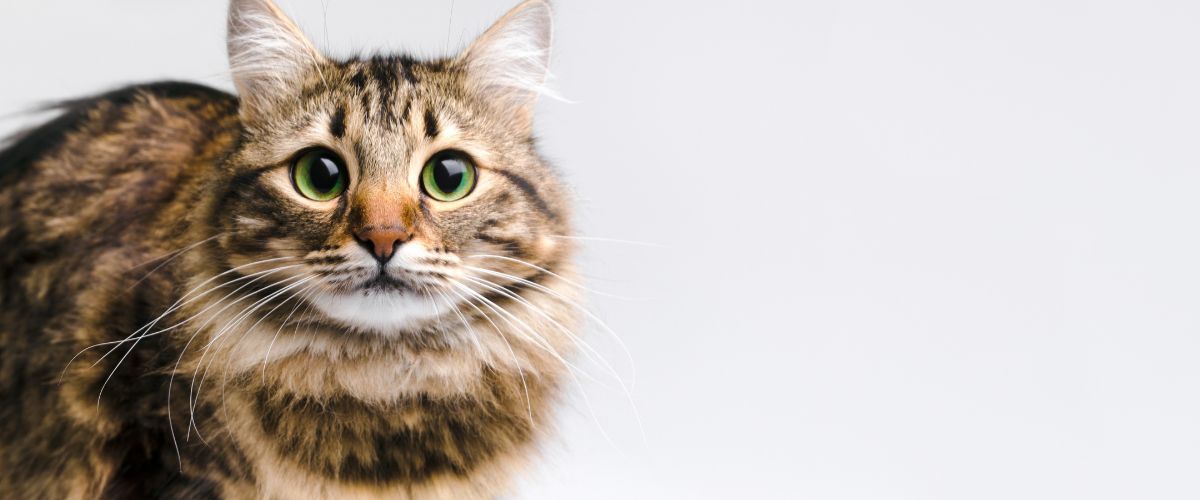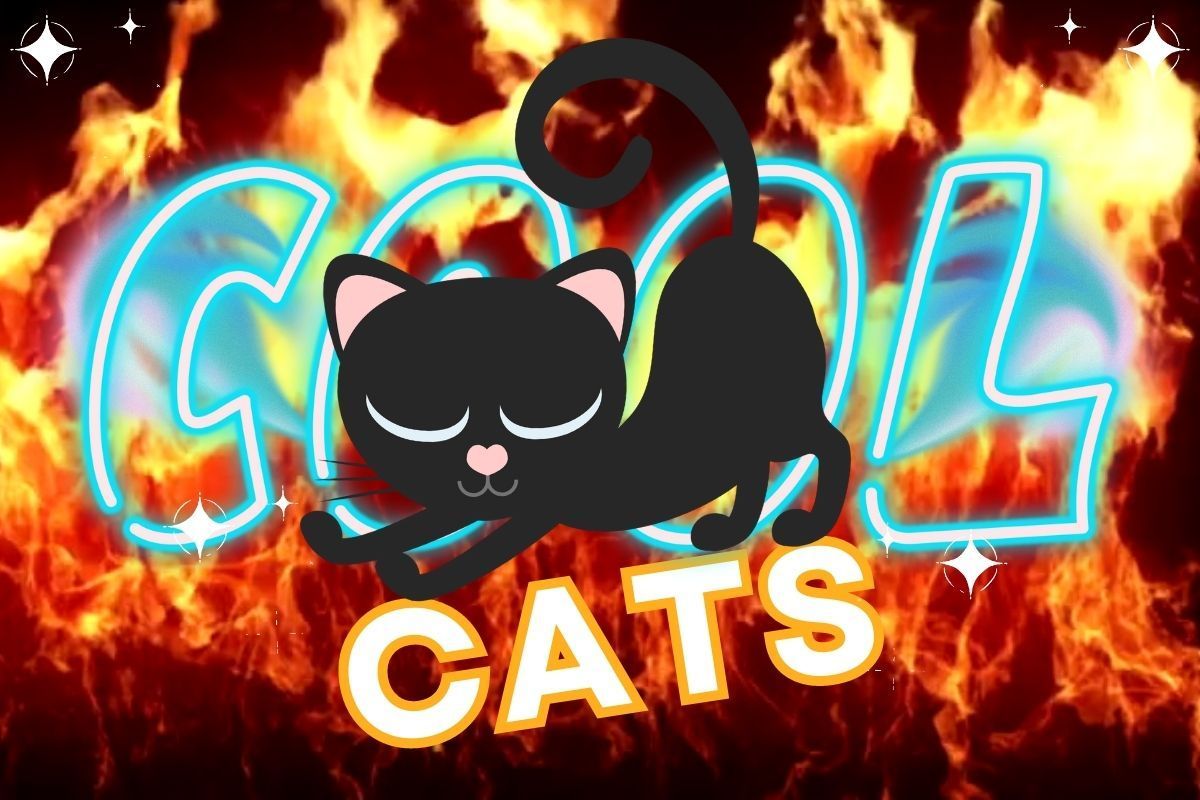Getting a new kitten is an exciting time but what might you consider...
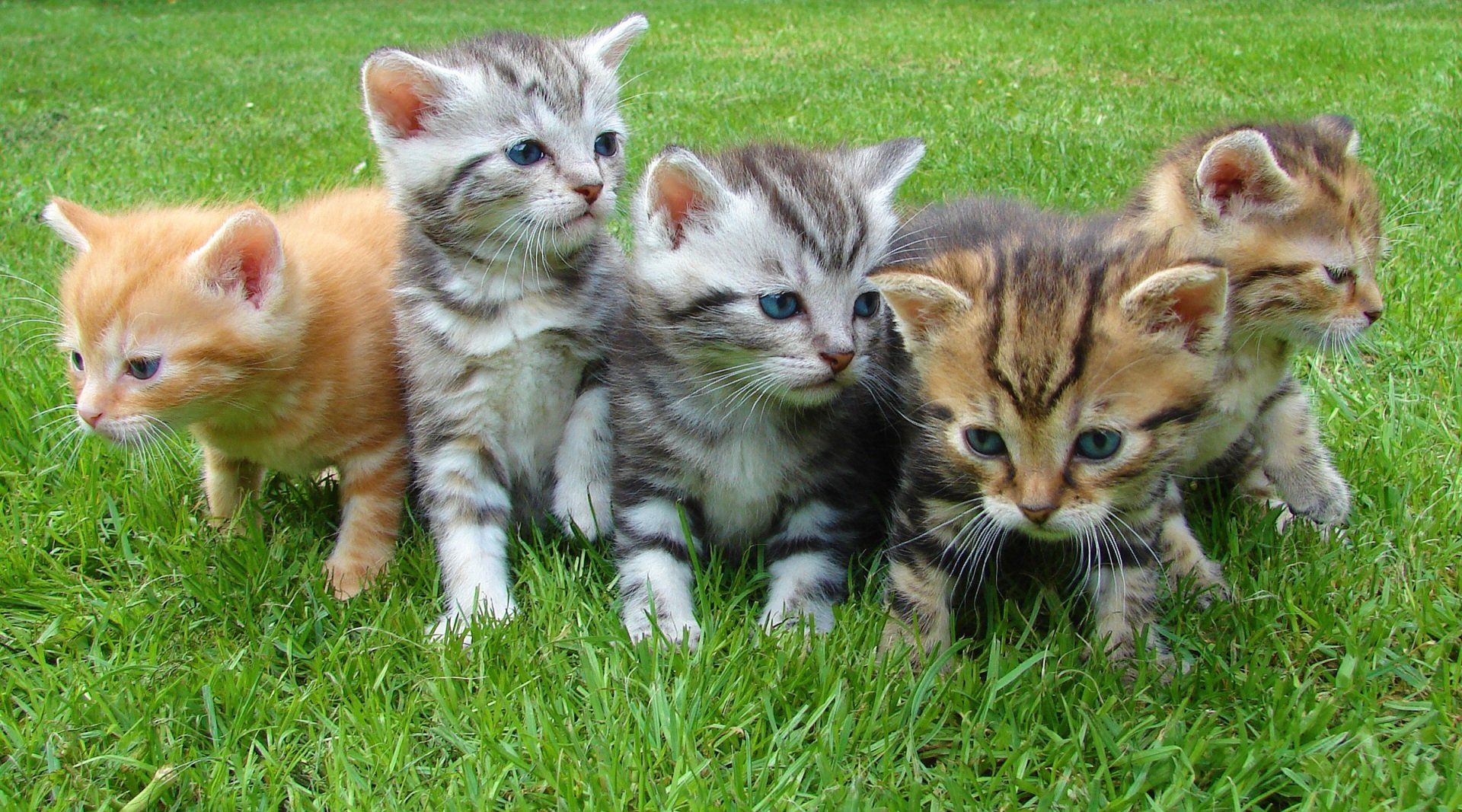
Just like when you get a new puppy, there are some things that you should consider before you go out to get your new fluffy friend.
Our animal rehoming centres are full of cats that need loving furever homes, and at certain times of year these centres can also be overflowing with lovely kittens. So if you are not looking for a particular breed, it is definitely worth speaking to your local rescue centre to see what they have available.
If you are considering a certain breed then it is worth researching this breed as much as possible before you go out and buy one. Certain breeds can be more likely to suffer from particular health problems and have different characteristics that may make them more or less suitable for some home situations (for example if you are planning to keep them in as a house cat).
When getting a new kitten, it’s easy to get carried away playing with a cute little bundle and forget all the sensible things you should ask. So here is a useful list of questions and what the correct answers should be!
1. CAN I SEE THE PARENTS?
Although it is slightly more common for people selling kittens to only have the mother in the house, it is still worth asking about the parents. They should be open and honest with you about who the parents are. If you can see the mother and/or father, it is worthwhile as certain behavioural traits are inherited and so this may give you an idea of what temperament your kitten will grow up to have.
2. HAVE THE KITTENS BEEN FULLY WEANED AND WHAT FOOD ARE THEY EATING?
It seems obvious that the kittens should have been weaned before they are sent to their new homes but it is important to be clear about this. Some less ethical people will want to sell the kittens as quickly as possible, and I have seen young kittens taken on in good faith who unfortunately have not been fully weaned. There is a milk substitute we can provide but it is a lot of hard work to provide around the clock food for a very young kitten. It is also important to know what food they are eating so this food can be continued in their new home. To avoid tummy upsets food should be changed over slowly. You can change their diet to something of your choosing, but it is better to do this slowly once they are settled in their new home.
3. HAVE THE KITTENS AND MOTHER BEEN FLEA TREATED AND WHAT WITH?
Even if the kittens have only been indoors, the mum could still have brought fleas into the home. Fleas in kittens can be serious as they are only little and can lead to problems like anaemia. They are also a pain to get rid of, so they are not something you want to bring home with your new pet!
It is also important to know what product has been used and when, as this can affect what we will be able to use to continue with flea treatment.
4. HAVE THE KITTENS AND MOTHER BEEN WORMED AND WHAT WITH?
This is really important as worms can be passed from mum to kittens via the placenta and in her milk. Which is why it is important to check that mum has been wormed as well as the kittens. Worms can cause a problem in how well the kittens absorb their food, which can cause diarrhoea. They can also cause problems in young children or immunosuppressed adults.
Again it is really useful to know what worming product has been used and when.
5. HAVE THEY HAD ANY VACCINATIONS, AND IF SO DO THEY HAVE A VACCINATION CARD?
A vaccination card is the record that the vet provides to show what they have been vaccinated against; what brand vaccination has been used, and when it was given. Most kittens will have only had one vaccination (the primary course all cats need is two injections 3-4 weeks apart) before they are re-homed due to the fact they have to be a certain age before their first and second vaccinations.
If they have not had any vaccinations, as long as they have been kept inside, this is not a problem as we can do the whole vaccination course. In fact in some cases, this may be more convenient as when one brand of vaccination has been used for a first vaccination, this should be followed by a second vaccination of the same brand. As different vets stock different brands, it can sometimes be difficult to match vaccinations, meaning the course may need to be restarted.
6. HAVE THE KITTENS BEEN SOCIALISED AT ALL?
Just like puppies, kittens need socialising at a young age. The things they experience at 2-7 weeks old shapes how they will react to things as they get older. So a kitten that comes from a household that has other pets, children and owners that are aware they should gradually and slowly expose them to different sights and sounds will grow to be a less nervous adult cat.
Getting a new kitten should be lots of fun!
If you have any questions before you go to get one we are more than happy to answer them. Although not as happy as we will be when we finally get to meet your new addition! TheFinchleyVet
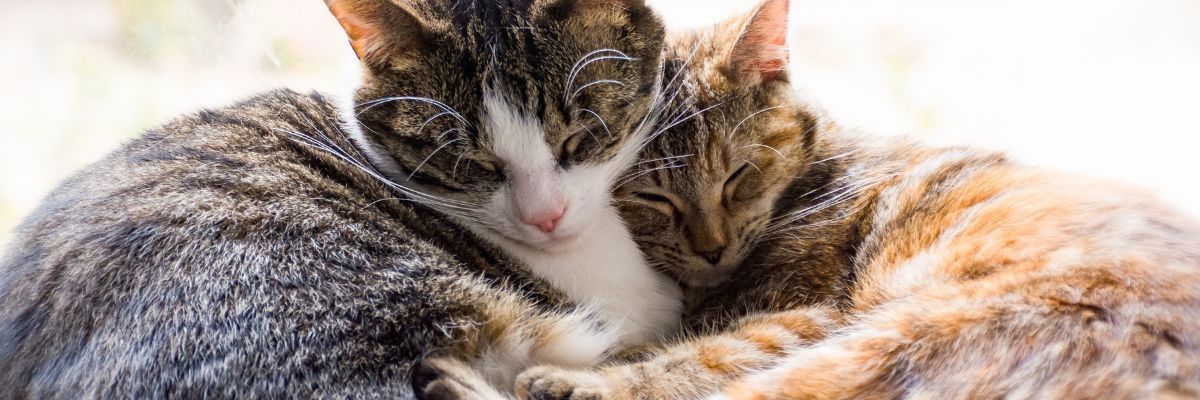
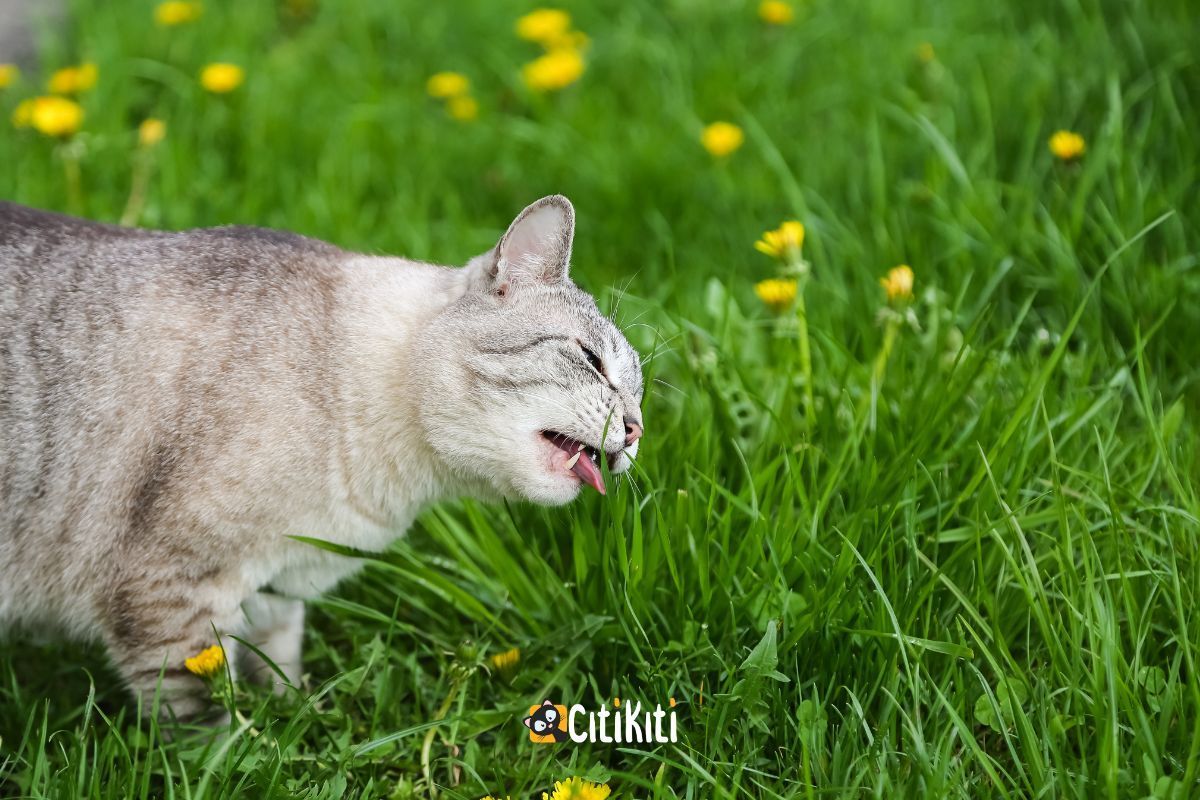
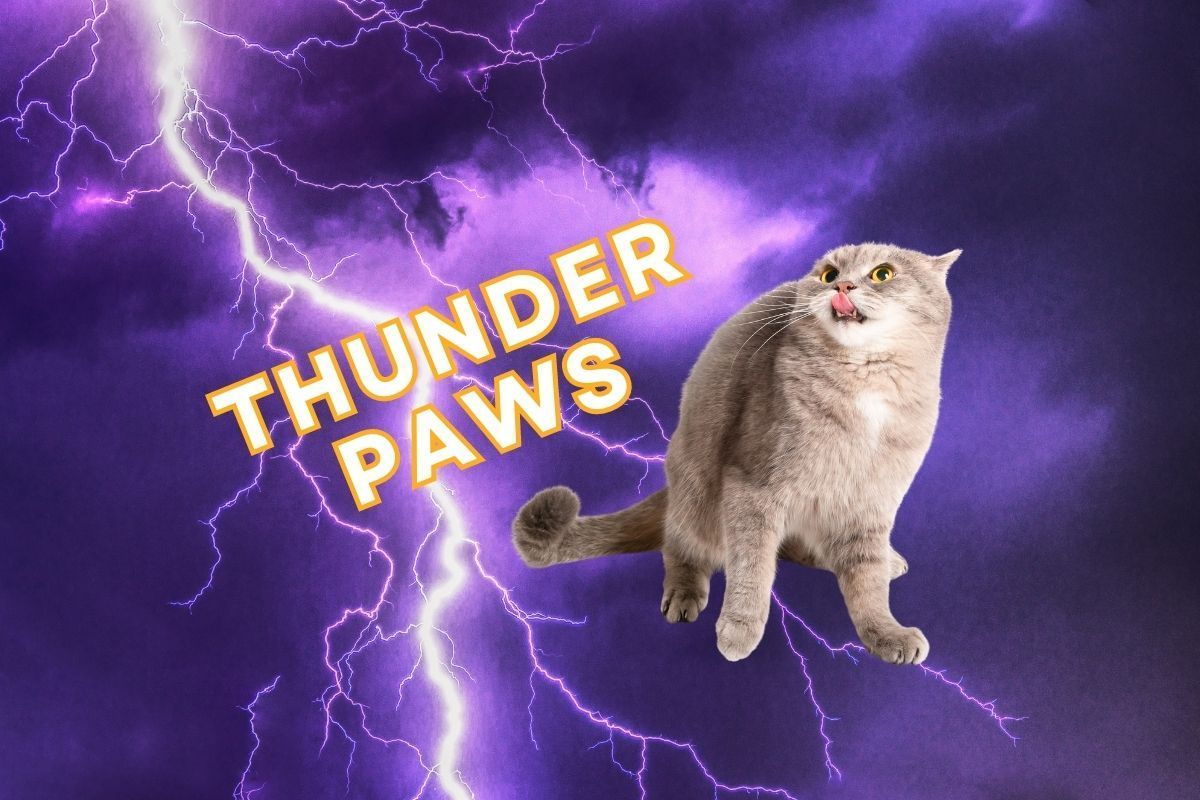

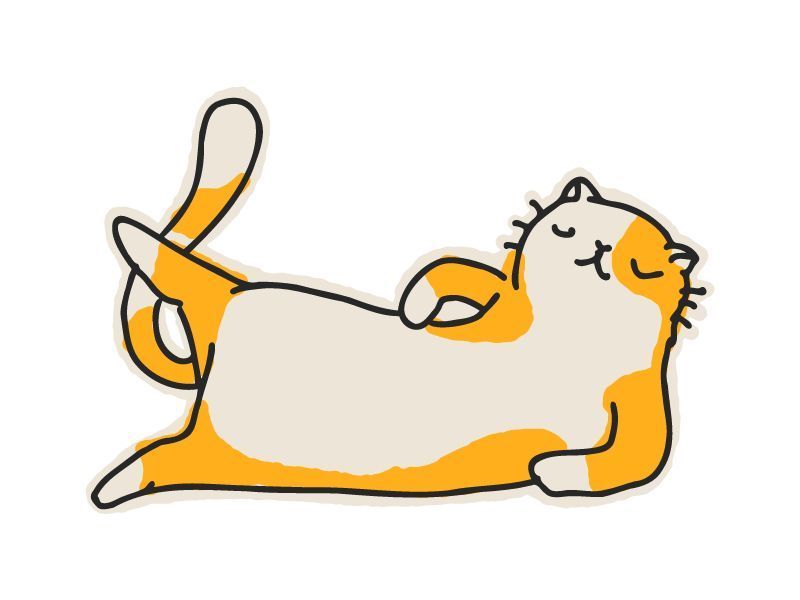

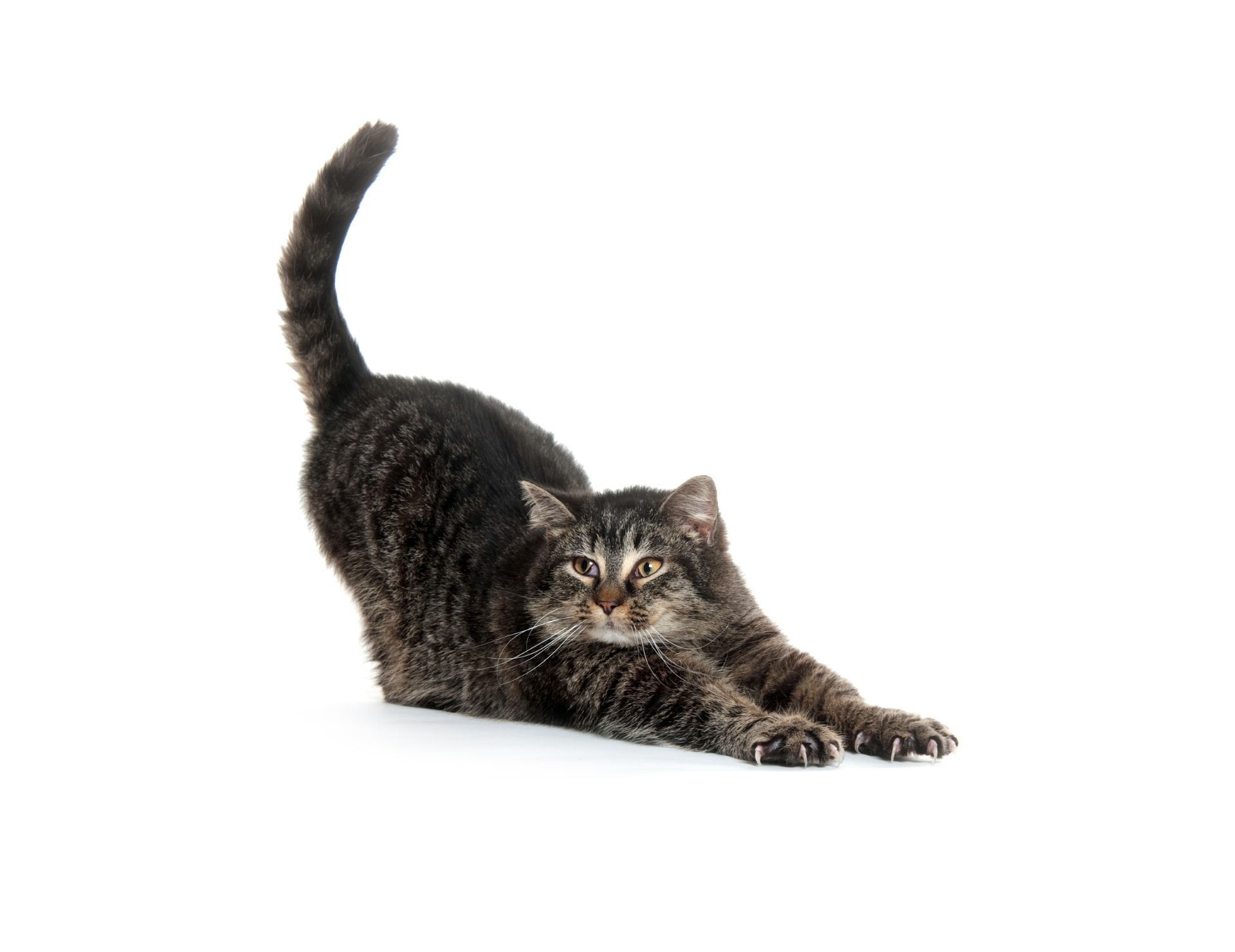
WHY CHOOSE US
Proven track record - CitiKiti - was established in 2003 and when searching the web, speaking with your local vets and visiting our Review Page you will discover that we come highly recommended including in some of the most important areas such as reliability, trustworthiness and knowledge.
Not a search engine - We are a family-run business with a large team of genuine pet lovers. As the team works for us not as individuals you can rest assured that we are accountable and reliable and we will insure that your pet is taken care of even if your booked carer falls ill during an assignment.
First Aid Training - CitiKiti is pleased to work with Vet Helen Dennis (VetMB MA MRCVS) who runs our pet first aid training courses. This insures that our carers are well equipped for and confident in their work even in an emergency situation.
Security Vetted - All CitiKiti sitters are required to obtain a Police Check a copy of which we will be very happy to email to you for your peace of mind.
Insured - For your peace of mind, all CitiKiti carers are fully covered by our industry-standard insurance.
Home Security - having an CitiKiti carer entering your home on a regular basis, taking in post and changing light and blind positioning will help keep that lived-in look.
No Advertising Vehicles or clothing - As part of keeping your pet and home safe we have made the decision NOT to drive advertising vehicles or wear clothing with advertising as this would highlight the fact that you are not at home and, although it would of course be of great benefit to our business to widely advertise our services, we believe that the safety of your cats and your home is more important than our self-promotion.
Recommended by Vets - we are well known among both vets and pet professionals who are happy to recommend and work with us.
Same Designated Carer at no extra cost - when first booking with CitiKiti you will be assigned a Carer. For both your and your pet's comfort and peace of mind, it will be your designated carer who will take care of our pet from then on. This of course with the exception of carers own holiday or sickness in which case you will be informed and your alternative carer will be introduced where at all possible.
Ongoing training - before their first assignment all carers receive in-house training and many of our carers already have experience from vet nursing, animal rescue work as well of course as having pets in their own lives. Many carers also choose to sign up for external certificated courses and training including Cat Behaviour and Cat Health and Welfare.
Free Initial Meeting - all clients are required to fill out a detailed form to help us understand all wishes and requirements to offer the best care possible. We also arrange a face-to-face meeting for you to have a chance to ask any questions you may have and for and your pet to get to know their new friend.
Key Holder Service - we offer to keep hold of your keys in order to make booking your pet care as easy and quick as possible. All you have to do is email us to make a booking request and, once confirmed, we are good to go.
Trusted by Pet Professionals - we are well known among both vets and pet professionals who are happy to recommend and work with us.
Provides care 365 days a year - including weekends, school holidays, bank holidays, Christmas & New Year.
Member of FSB - The Federation of Small Businesses provides us with additional insurance, ongoing support and industry-relevant information helping us keep up-to-date and informed for the benefit of both us and our clients.
Supporter of ICatCare - ICatCare is an international cat charity organisation for the promotion of feline health and well-being. CitiKiti wholeheartedly supports the fantastic work they do. Their website is also an excellent resource for a world of cat-related information.
Sponsors of a Cat Cabin - at Cats Protection www.cats.org.uk click on the videos below to see some of the purry friends at Cat Protection.
Services - Since foundation we have offered a comprehensive range of services to suit our client's requirements. The services and areas we cover include; Cat Sitting in North London N1, N5, N6, N8, N16, NW1 & NW6. We also offer live-in care or house-sitting in North or East London including Islington N1 N5 we can help.
PROFESSIONAL PET CARE
CitiKiti offers professional and reliable holistic cat care service where the emphasis is on, pamper, play and TLC.
We are here to help make you and your CitiKiti’s life together wonderful, stress-free and rewarding during all stages.
SECURITY VETTED & INSURED
CitiKiti offers professional and reliable holistic cat care service where the emphasis is on, pamper, play and TLC.
We are here to help make you and your CitiKiti’s life together wonderful, stress-free and rewarding during all stages.
A LITTLE ABOUT US
Follow Us
CitiKiti Copyright © All rights reserved. Privacy Policy GDPR Terms & Conditions
The contents of this site are the property of CitiKiti and Cat Care London Ltd. No part of this web site may be copied, modified, transmitted, broadcast or reproduced in any form whatsoever without the prior written permission of Cat Care London Ltd. These contents include, but are not limited to, information, documents, graphics, photos, logos and icons, including their design, selection and arrangement.
WHAT WE DO AND WHERE WE DO IT
Our passion is pets and we provider pamper, play and TLC 365 days a year including Bank holidays, Easter, Christmas & New Year.
We understand that deciding whom to entrust with the care of your precious companion is a difficult and possibly even daunting process. Hopefully, our Testimonials and client Reviews will help you feel confident and happy to choose us.
Since our beginnings in 2003, we have offered a comprehensive range of personalised cat care services including cat sitting, house-sitting and cat behaviourist.
We are proud to be recommended by vets and pet professionals as well as consistently receive 5-star reviews from our clients from all over London and beyond.
Your peace of mind and the happiness and safety of your cat is of paramount importance to us and when choosing to become part of our community and trusting us to take care of your precious cat we can reassure you that we are a family-run business with a tight-knit team of pet carers offering total accountability, reliability and genuine cat lovers care.
We are a team of dedicated pet professionals with a great love for pets.
Most of our carers have either long-term working experience with cats and/or professional education in animal care including Vet Nurses, Animal Behaviourists, Pet Hospital Assistants and Pet Bloggers.
All our cat carers are security vetted and public liability insured and we provide thorough in-house cat care training including Cat First Aid to ensure that carers are well equipped and confident cat carers.
Cats are territorial creatures of habit and can find catteries very stressful and upsetting. It is generally agreed by pet professionals that they are most relaxed and comfortable staying in their own homes when "parents" go away for short or long breaks. Travelling to and from catteries can also be stressful for both you and your cat. Our Cat Sitting service means your cat can stay home whenever you are away.
Since the beginning of 2019 CitiKiti has also offered cat behaviour therapy as well. Cat behaviour therapy can help if your cat is urine marking, stressed, anxious, aggressive, destructive or urinating or defecating outside the litter tray. The CitiKiti Cat Behaviourist can also offer advice on getting cats to get along, getting cats and dogs to live together peacefully, and taking care of kittens or older cats. Our Cat Behaviourist offers home consultations in London and in some cases worldwide video consultations work as well.
AREAS WE COVER
Since our beginnings in 2003, we have offered home visit services and the areas we currently cover for our cat sitting and small pet visiting services include: Hoxton, Shoreditch, E2, Bethnal Green, Fish Island, E3, Bow, Hackney Wick, Mile End, E5, Clapton, Hackney Marshes, E8, Hackney, Dalston Kingsland, E9, N1, Islington, Angel, Barnsbury, Canonbury, Clerkenwell, De Beauvoir Town, Hoxton, Pentonville, Shoreditch, N5, Highbury, N6, Highgate, N16, Stoke Newington, Shacklewell.
When going away often one of the worst dilemmas is who do you get to look after your cat. When using our Cat Sitting service, you can enjoy your holidays knowing that your cat feels safe and relaxed and your home is looked after to.
Since our beginning as a Cat Sitter Service in North London Islington, N1 we have taken pride in offering the very best in professional & reliable holistic cat care with an emphasis on pamper, play and TLC. Our Cat Sitters are all dedicated professionals with a great love of cats. Most have either long term working experience with cats and/or professional education in animal care. We are proud to be recommended by vets and pet professionals as well as consistently receive 5 start reviews from our Cat Sitting clients from all over London including East London E3, Bow, Hackney Wick, E8, Hackney, Dalston Kingsland and E9, Victoria Park.
Cats are territorial creatures of habit and can find catteries very stressful and upsetting. It is generally agreed by pet professionals that they are most relaxed and comfortable staying in their own home when "parents" go away for short or long breaks. Travelling to and from catteries can also be stressful for both you and your cat. Our Cat Sitting service means your cat can stay home whenever you are away. CitiKiti offers Cat Sitting and house-Sitting in most parts of Central, North and East London including EC1, Clerkenwell, Finsbury, Hoxton, St Luke’s, N1, Canonbury, Barnsbury.
We offer to look after your cat in your own home for as long or short time as you need. This way not only can you feel happy that your cat is as comfortable, relaxed and well looked after as possible, you also know that your home is being looked after and keeps that lived in look to deter any uninvited guests. Depending on you and your cat’s preference you can choose between daily or twice daily visits or live-in care.
We understand that deciding whom to entrust with the care of your precious feline companion is a difficult and possibly even daunting process. Our Testimonials and client Reviews will help you feel confident and happy to choose CitiKiti as your Cat Sitting Company.
You and your cat will be assigned your own dedicated Cat Sitter and you will have a meeting with him/her before start of visits. During the meeting you can ask any questions you might have and your cat will have a chance to say hello to his/her new best friend ;-) All our Cat Sitters are security vetted and have public liability insurance and we have been trusted in the community since 2003.
At CitiKiti we always do our best to help answer any cat related questions our clients may have. We work closely with other pet professionals including vets and cat groomers enabling us to offer and refer to a wide range of cat related services.
Since the beginning of 2019 CitiKiti offers behaviour therapy as well. Cat behaviour therapy can help if your cat is urine marking, stressed, anxious, aggressive, destructive or urinating or defecating outside the litter tray. The CitiKiti Cat Behaviourist can also offer advice on getting cats to get along, getting cats and dogs to live together peacefully, taking care of kittens or older cats. Our Cat Behaviourist offers home consultations in London, including Richmond, SW19, Chelsea, Wimbledon, Kensington, SW11, Islington, N1, Hampstead. In some cases video consultations work as well and CitiKiti Behaviour Therapy is offered worldwide.
CitiKiti offers Cat Sitting and House-Sitting every day of the year including Bank Holidays, weekends, school holidays and Christmas & New Year.
The areas we cover for Cat Sitting include the below but if you are looking for Cat Sitting in areas that are not listed feel free to contact us and we will see what we can do.
EC1, Clerkenwell, Finsbury, Hoxton, Shoreditch, E2, Bethnal Green, E3, Bow, Hackney Wick, Mile End, E5, Clapton, Hackney Marshes, Lea Bridge, Lower Clapton, Upper Clapton, E8, Hackney, Dalston Kingsland, E9, Victoria Park, N1, Angel, Barnsbury, Canonbury, Clerkenwell, De Beauvoir Town, Hoxton, Islington, Pentonville, Shoreditch, N5, Highbury, N6, Highgate, N8, Crouch End, Hornsey, N10, Muswell Hill, N16, Stamford Hill, Stoke Newington, Shacklewell,N19, Hornsey Rise, Archway, Tufnell Park, NW1, Regents Park, Camden Town, NW3, Hampstead, Swiss Cottage, NW5, Kentish Town.
Scientific name: Felis catus
Size: The average house cat is eight to eleven pounds, but you can have a petite six-pound calico or a big 15-pound Maine Coon cat.
Life span: Indoor cats regularly live to be 15, and some kitties live even longer.
Colours/varieties: There are many different breeds of cats from the hairless Sphynx and the fluffy, puffy Persian to the silvery spotted Egyptian Mau. But the most popular kitties of all are non-pedigree that includes brown tabbies, black-and-orange tortoiseshells, all-black cats, the long hair, striped kitties with white socks and everything in between!
History: Cats were domesticated, or bred to be friendly to humans, sometime between 4,000 and 8,000 years ago, in Africa and the Middle East. Small wild cats started hanging out where humans stored their grain. Can you think of a better place to find mice?! When humans saw cats up close and personal, they began to admire felines for their beauty and grace and the rest is history ;-)
Cat food: cats are obligate carnivores which means they need to eat meat in order to survive. Eating a vegetarian or vegan diet is not an option for your cat. Cats depend on the nutrients found in meat, most notably taurine and arginine. For this reason it is important to feed your cat a quality diet supplemented with a few treats. Ask your vet or pet shop for advice about their range of cat food and treats.


